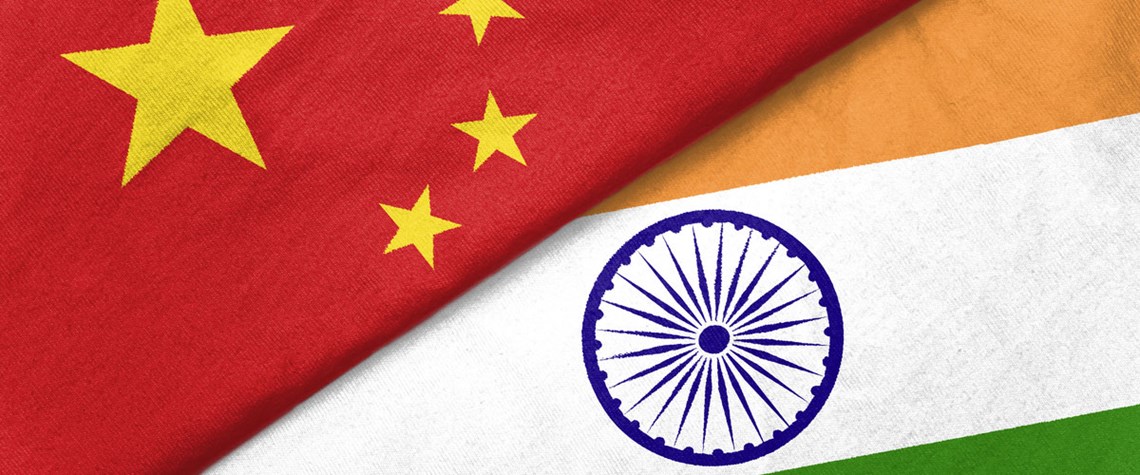What China and India did next
The appetite of the two East of Suez economies for Russian oil may prove crucial
One of the key questions facing the oil market as it moves into a second month of the Ukraine crisis is how many Russian barrels that Western lifters cannot or will not buy can be soaked up by alternative purchasers with fewer restrictions on the origin of their supply, rather than simply lost to the market. And, among these buyers, most interest is centred on China and India. Unsurprisingly, several conversations at the Financial Times Commodities Global Summit in late March turned on what the two Asian heavyweights would do. “The jury is out” on whether China and India can mop up a significant chunk of unloved Russian barrels, Ben Luckock, co-head of oil trading at commodity trading house

Also in this section
12 December 2025
The latest edition of our annual Outlook publication, titled 'The shape of energy to come: Creating unique pathways and managing shifting alliances', is available now
12 December 2025
The federal government is working with Alberta to improve the country’s access to Asian markets and reduce dependence on the US, but there are challenges to their plans
11 December 2025
The removal of the ban on oil and gas exploration and an overhaul of the system sends all the right messages for energy security, affordability and sustainability
10 December 2025
The economic and environmental cost of the seven-year exploration ban will be felt long after its removal







